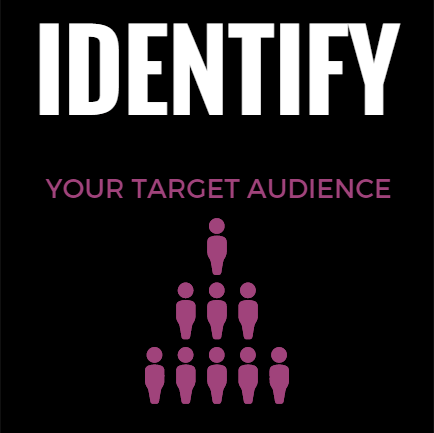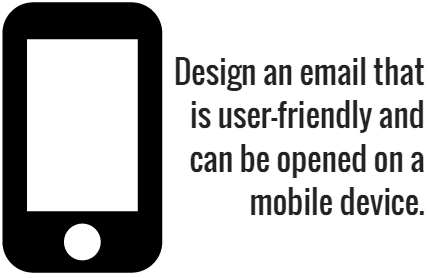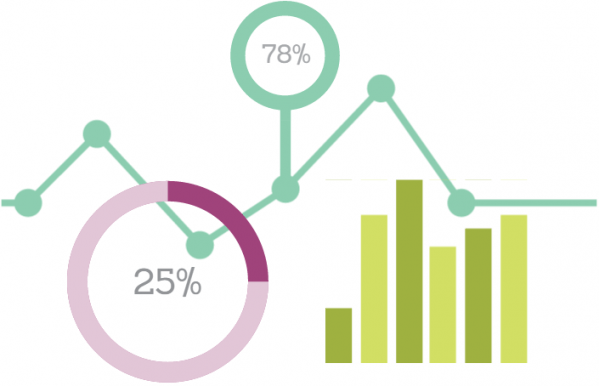
Email marketing is one of the strongest communication channels available when promoting events. By using email you can promote your event launch and any subsequent deadlines in a quick and efficient way while driving traffic directly to your registration website. It is important to remember that people receive hundreds of emails every day and you need to do everything you can to make sure your email stands out and is read.
In this post, we are going to help you put together an effective email marketing campaign that will engage with your audience and get you the desired results.
Before you start:
• Identify what the purpose of the message is
• Identify your target audience and make sure you understand their needs as this will help you determine your unique selling point
• Identify what keywords should be used in order to engage with your audience and encourage them to respond or take action

When writing your email:
• Write a subject line that will encourage potential delegates to open your email and click-through to your content. Keep your subject line simple and to the point. Don’t use words like “Free” or use capitals or exclamation marks as your email may be blocked as spam
• Design an email that is user-friendly and can be opened on a mobile device
• Avoid using a single image as that is likely to trigger spam filters, instead use a combination of text and images
• Determine which words should be avoided as many work places now have strict firewalls and the wrong wording could result in your email being blocked
• Keep your email short, making sure that the key messages are at the top of the email and that there is a clearly identifiable call to action
• Avoid hard selling as this could result in a high unsubscribe rate or your message being ignored. You could use the email to announce programme changes rather than to always try and sell delegate registration. Also be mindful that if you are doing final promotion of an event, unless you have a way to specifically exclude those who have already registered, your message is likely to be read by some of those who have already registered to attend your event
• Make sure you include an unsubscribe link in the email footer and have a way to log these unsubscribes if the email platform you are using doesn’t do this automatically

When sending your email:
• Test your message thoroughly before you send, proof read and check all your links are working, there is nothing worse than deploying an email where the call to action link is broken
• Determine the best time of day or night to send the email depending on the target audience and message. For example, if you are contacting potential delegates at work, it is worth making sure your email doesn’t arrive when they are likely to be out of the office or there is a good chance it will end up being deleted with all the other non-essential emails when they do return to the office
• Avoid sending too many emails within a short timeframe as it could result in a higher unsubscribe rate / your email being marked as spam. It is better to utilise other marketing channels to get your message across rather than purely relying on email

Afterwards:
• Make sure you are tracking the delivery rate, the open rate, and the click through rate for every email you send. It is important to understand what works and to learn for future campaigns

All these handy tips should help you develop an email marketing strategy that will offer you the highest chance of success.
For more ideas and information please contact our friendly marketing team on 01506 811 077 or email marketing@fitwise.co.uk
Follow us on Twitter @Fitwise_mgt and like our Facebook page /FitwiseManagement
